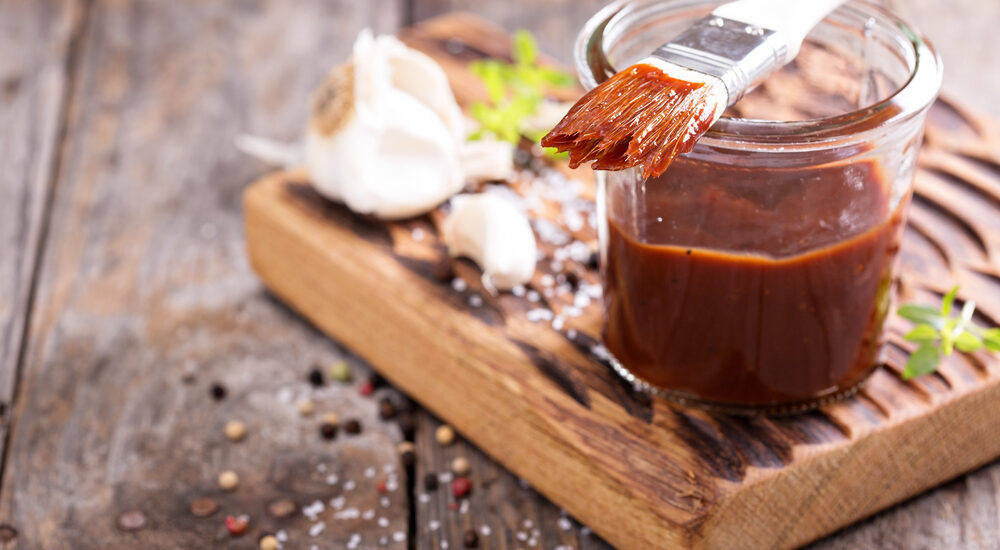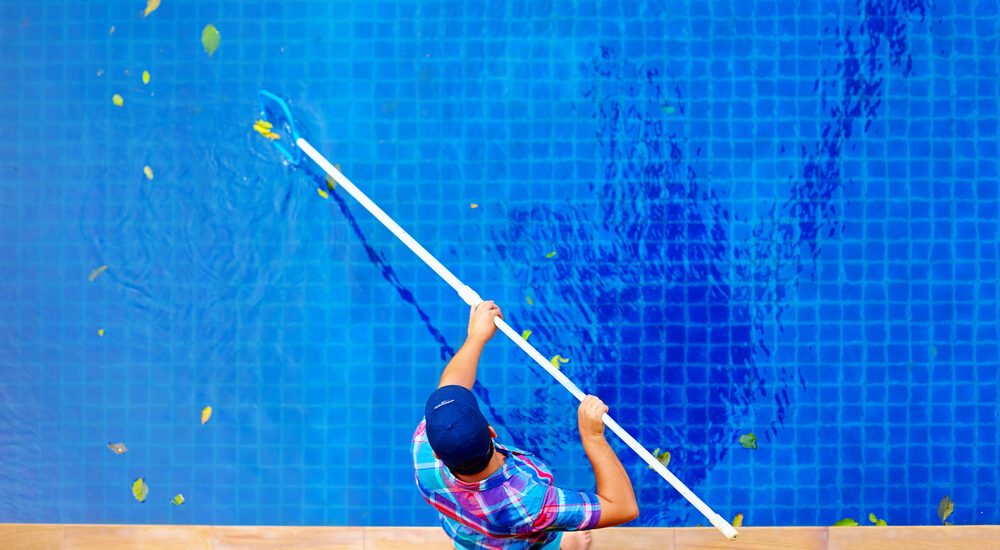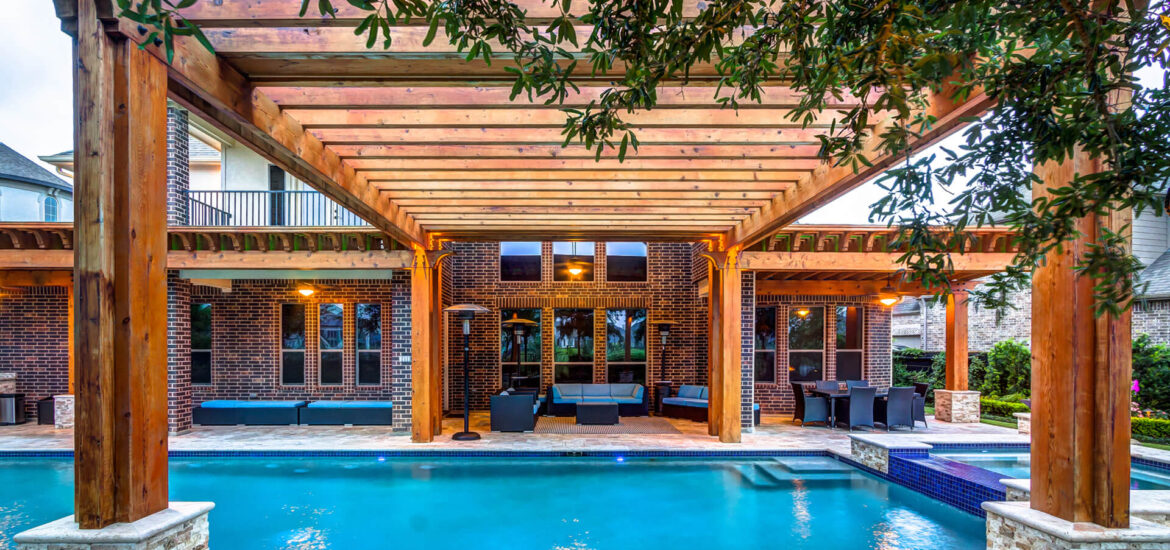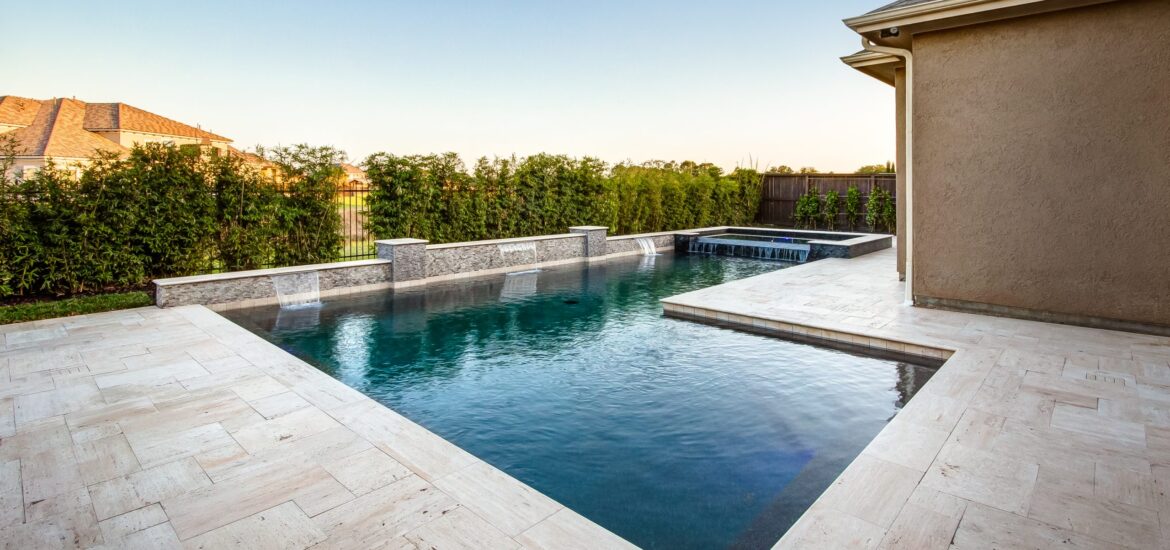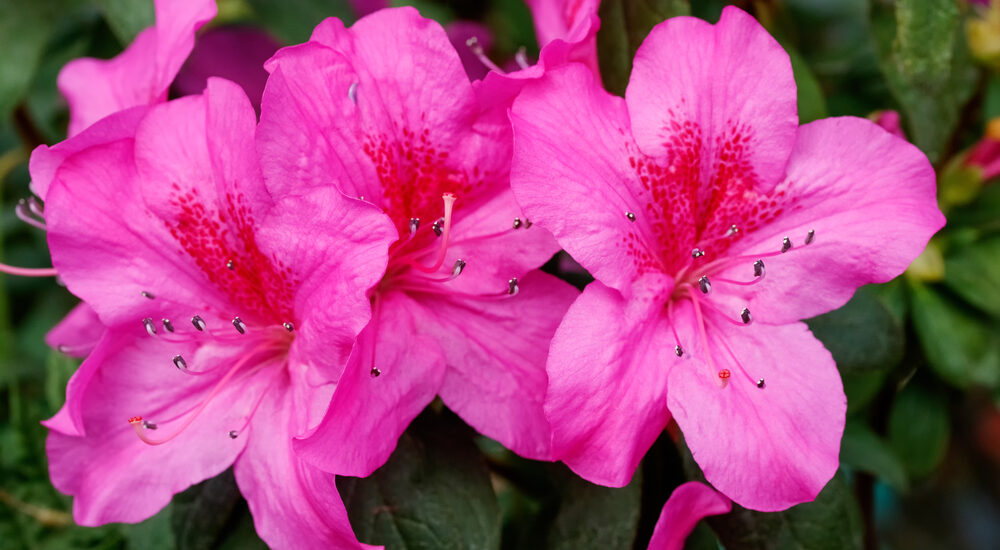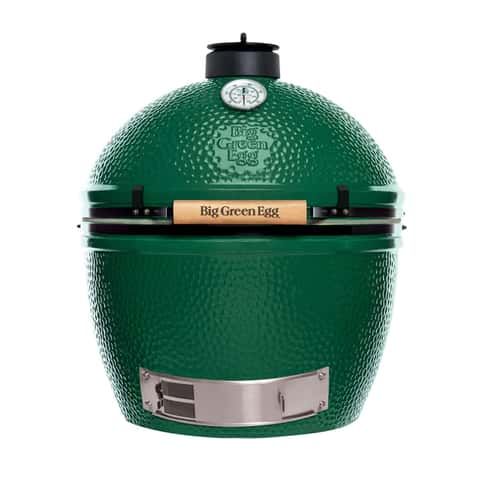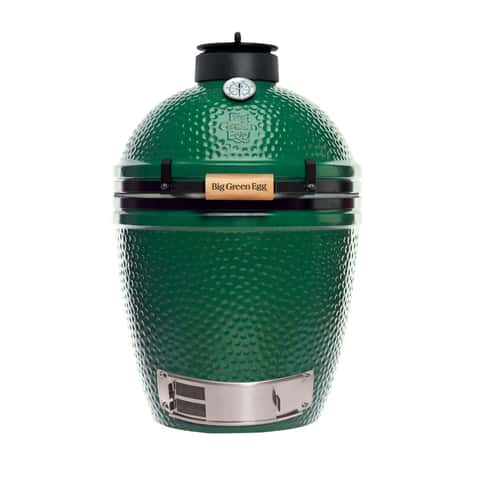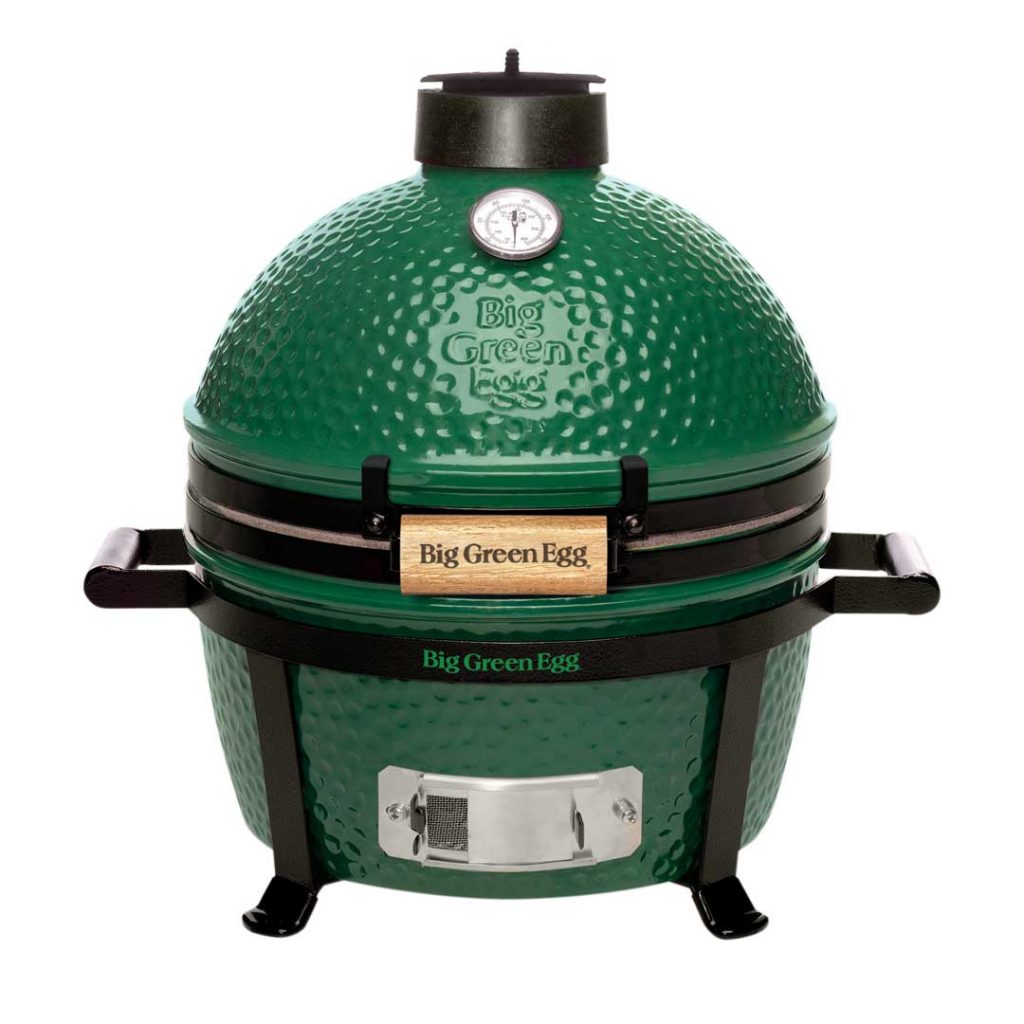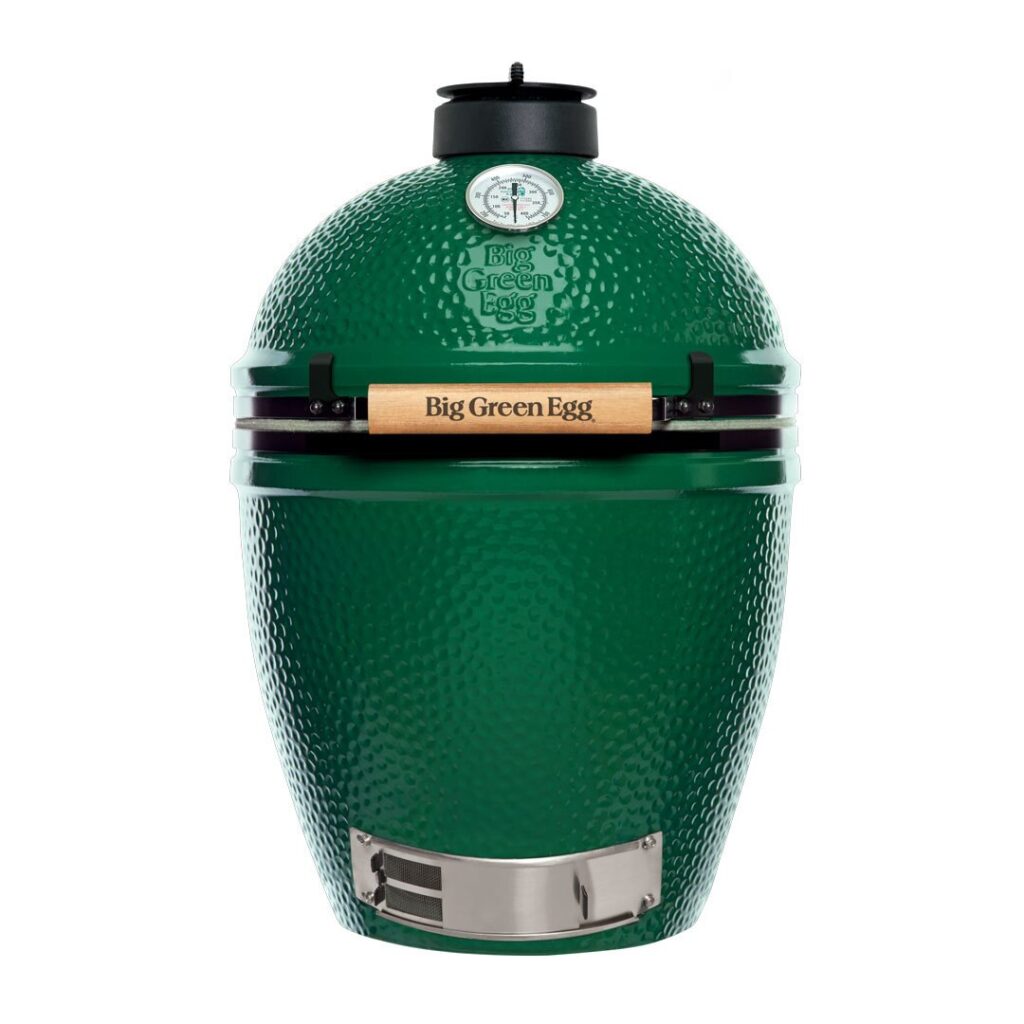No recipe will make your meat tastier than barbecue seasoning, whether it’s steak, rib, or burger. Barbecue seasoning dominates the food world, especially here in the southern US. However, this cooking art goes beyond meat and sauce.
If you’ve never tried out barbecue recipes, you’re missing a lot. No dinner is complete without some well-barbecued meat, chicken pork, seafood, or vegetables. Get ready to learn how you can prepare a flavorful chicken, tender lamb, succulent beef, and tasty veggies. We’ll share the tips for barbecue seasoning.
Do you love cooking? Here are the best barbeque seasoning ideas to help you prepare a savory meal. #Creekstone #BBQ #recipes Share on X
Barbecuing vs. Grilling
While most people use the terms “grilling” and “barbecuing” interchangeably, they have two different meanings. While both refer to outdoor cooking of foods over heat sources, the factors that differentiate the two terminologies are the total cooking time and type of heat used to cook.
Barbecuing
When barbecuing meat, you slowly cook it using a circumvented unit of low-heat air in a large grill or smoker enclosed with a lid. You can barbecue any food at a temperature of 225°F-275°F. Barbecuing takes longer than grilling, making it the best strategy for cooking large chunks of meat. But since it requires a high level of expertise and patience, some people tend to prefer grilling to barbecuing.
Grilling
When grilling pork ribs or other meat, you heat it over direct high heat to cook quickly. While barbecuing is slow and uses low heat, grilling is fast and uses high heat. Some other foods that you can grill include boneless chicken breasts, sausages, hot dogs, hamburgers, steak, and seafood. However, grilling is not ideal for cooking a large piece of meat because the inside might remain uncooked.
BBQ Dry Rubs
Barbecue rubs are a mixture of several BBQ seasoning and spicing ingredients that add flavor when barbecuing meat. Plenty of people also use BBQ sauce on grilled foods. The two primary flavors in any BBQ rub are a salty and sweet taste.
For a basic dry rub, try this recipe from Allrecipes:
- ½ cup brown sugar
- ½ cup smoked paprika
- 1 tablespoon onion powder
- 1 tablespoon black pepper
- 1 teaspoon cayenne pepper
- 1 tablespoon garlic powder
- 1 tablespoon chili powder
- 1 tablespoon salt
To prepare the BBQ rub, mix all the ingredients in a small bowl. Store the spice blends in an airtight container and keep it in a cool, dry place. This rub lasts up to three months when stored properly.
Pro Tip: If you’re using a dry rub that contains salt, cook the meat shortly after applying the seasoning. Salt draws moisture out of the meat, and if you leave it too long, the meat can start turning tough.
Marinades
A marinade is a liquid mixture of spices, herbs, and an acid (citrus or vinegar) that helps to tenderize meat and add flavor. All you should do is add some pieces of meat in the liquid and leave it to soak. The amount of time to marinate varies depending on the type of meat:
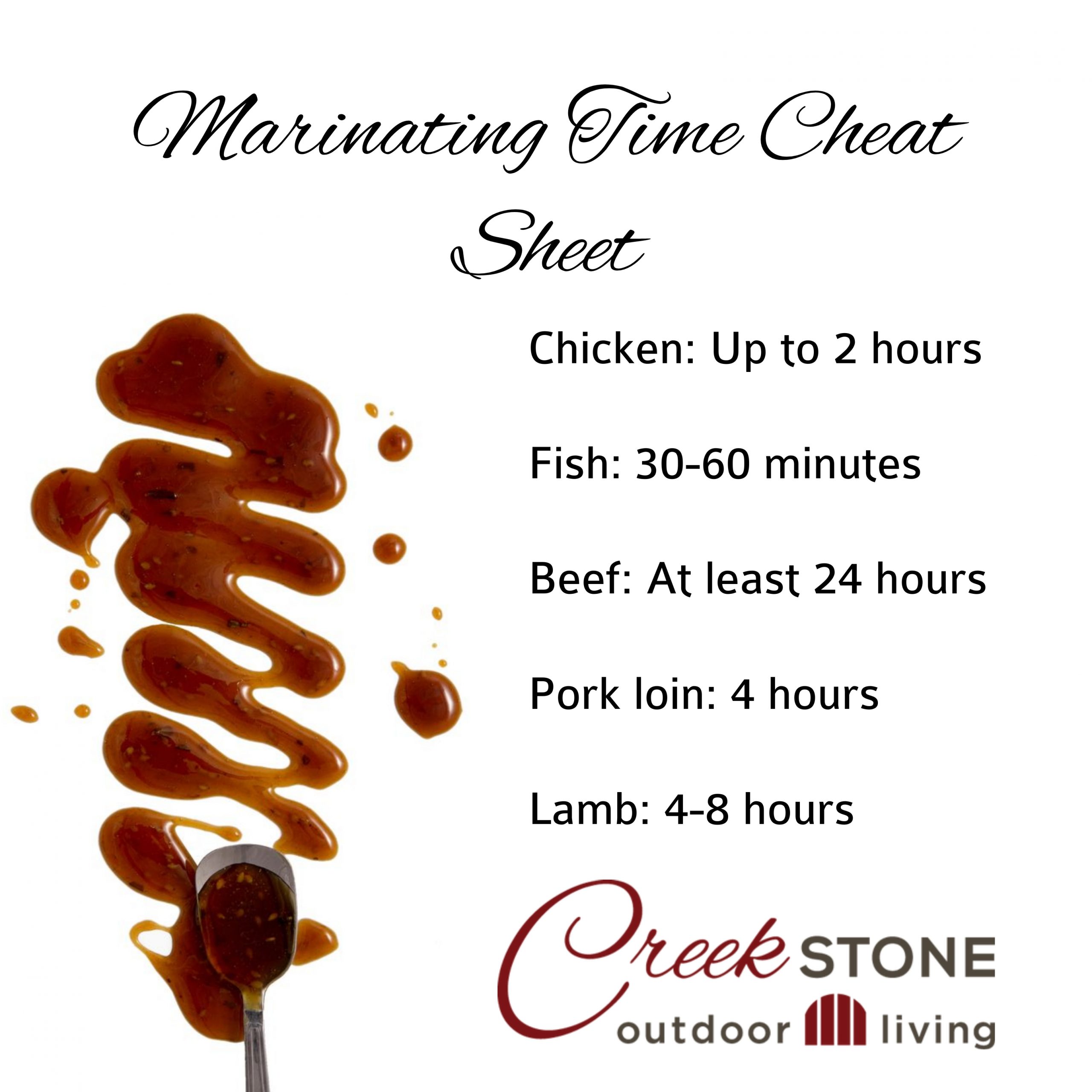
- Chicken: Two hours and below
- Fish: Between 30 and 60 minutes
- Beef Meat: Around 24 or even more hours
- Pork loin: About four hours
- Lamb: Around four to eight hours
Preparing Savory Meals
Now that you know the basics of barbeque seasoning, you can prepare a scrumptious meal for your family, whether it’s meat, seafood, chicken, or veggies. Marinating and adding BBQ rub to your food will even make it zestier. Enjoy your upgraded cooking tactics!
Contact us to learn more about barbeque seasoning and outdoor grilling ideas.

